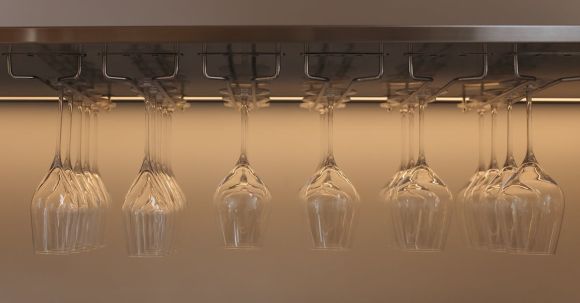Bar interior design plays a crucial role in creating a welcoming and attractive space for patrons. It is essential to carefully consider the key elements of interior design to ensure a successful and profitable bar. From the layout and furniture to lighting and color scheme, every detail contributes to the overall ambiance and experience. In this article, we will explore the key elements of interior design for bars.
Creating the Right Layout
The layout of a bar is one of the essential elements of interior design. It should be designed to maximize space utilization and provide an efficient flow for both customers and staff. The bar counter should be strategically placed, allowing bartenders to serve customers quickly and efficiently. The seating arrangement should be comfortable and easily accessible, with enough space for customers to move around freely.
Choosing the Right Furniture
Furniture selection is another crucial element of bar interior design. The furniture should be comfortable, durable, and aesthetically pleasing. Bar stools and chairs should be well-cushioned and designed for extended sitting. Tables should be sturdy and appropriately sized to accommodate groups of different sizes. The material and finish of the furniture should also align with the overall theme and style of the bar.
Setting the Mood with Lighting
Lighting plays a significant role in setting the mood and atmosphere of a bar. Different areas of the bar may require different types of lighting to create the desired ambiance. The bar counter can be highlighted with task lighting to enhance visibility for bartenders. Dimmable lights can be used to create a more intimate atmosphere in seating areas. Unique and eye-catching light fixtures can also serve as a focal point and add to the overall aesthetics of the bar.
Choosing the Right Color Scheme
The color scheme of a bar can greatly impact the overall feel and vibe. It is important to select colors that align with the theme and target audience of the bar. Bright and vibrant colors can create a lively and energetic atmosphere, while muted and neutral tones can create a more relaxed and sophisticated ambiance. It is essential to strike a balance between the colors used to ensure a cohesive and visually appealing interior.
Adding Unique Design Elements
To make a bar stand out from the competition, incorporating unique design elements is essential. This can include anything from artwork and murals to custom-made furniture and fixtures. These elements should reflect the personality and theme of the bar, creating a memorable experience for patrons. Attention to detail and creativity in design can make a bar more visually appealing and leave a lasting impression on customers.
Creating a Welcoming Outdoor Space
In addition to the interior design, it is important to consider the outdoor space for bars that have it. Outdoor seating areas can provide an additional revenue stream and attract customers who prefer al fresco dining and drinking. The outdoor space should be well-designed and comfortable, with appropriate lighting and furniture. Landscaping and greenery can also enhance the overall ambiance and create a pleasant outdoor experience.
In conclusion, the key elements of interior design for bars are the layout, furniture, lighting, color scheme, unique design elements, and outdoor space. By carefully considering and incorporating these elements, bar owners can create a space that is visually appealing, comfortable, and inviting to customers. The right interior design can significantly contribute to the success and profitability of a bar by creating a memorable experience for patrons.
